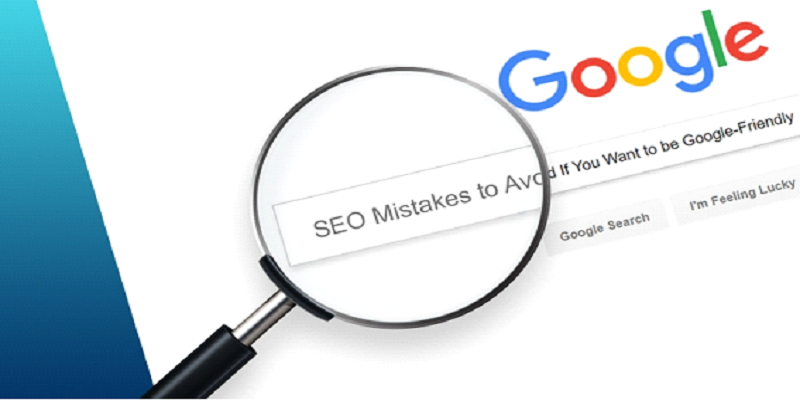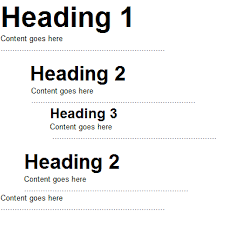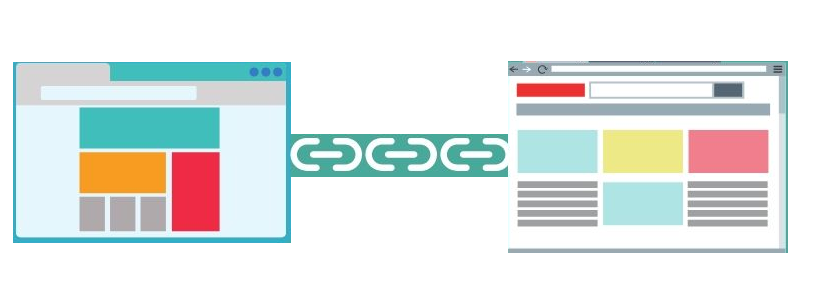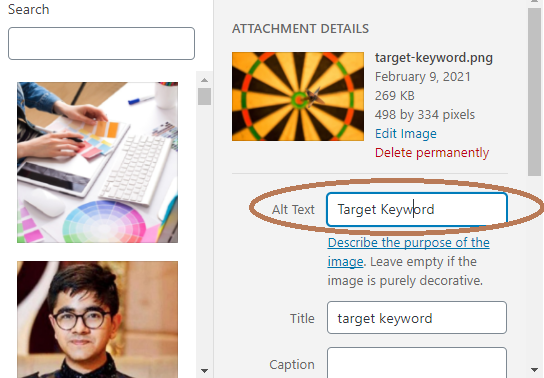Online visibility is something that businesses crave, and blogs are one of the tools that can help achieve this. This tool allows the display of professionalism and passion. So, before publishing any post, a number of proven SEO techniques and SEO focused blog posts should be used to maximize visibility and generate more traffic. Blogs seek to provide high-value, useful, and enjoyable information for both site visitors and search engines.
Here are 12 ways to write a blog post that is SEO-friendly:
1. Settle for a purpose

What will your idea of a blog post achieve? Why do you think the information you’re passing will be relevant? The answer to this question forms your purpose. For instance, if you have a new product or service you are offering, or you wish to explain a business-related activity to the user, then you need to probe the idea with questions and see the purpose as the user would. Determine what useful information and the value it will add while writing – your purpose gets established that way.
2. Set your audience

Every product or service has a specific user. Who will be using this information you’re providing? Search through your customer base and plan your content to meet their needs. Also, put into consideration their perception of your information.
3. Research keywords.

Okay, you now have a purpose and an audience that finds value in your offer, the next thing is to search for relevant keywords. A good SEO strategy in writing blogs involves this important step. To know the keywords that have greater traffic, discover how many multiple related keywords are used. Need an SEO company to do this? Contact us. Again, Google Trends is a simple and free tool you can use. It shows the frequency of search in related topics.
4. Select the appropriate title for the blog post.

A title that is optimized following target keywords is the next big thing. The kind of words used in your blog post’s title will either increase or decrease search interest. Again, it is important to do step 3 above to know the right words for your title. It may be stressful but is needful and result-oriented.
5. Employ target keywords in your entire content.

Using a keyword density of 1 to 3 percent is accepted as best practice in the SEO community. By definition, keyword density is your target keywords’ ratio to the total number of words on a page. It is measured in percentage. When the keyword usage is too high, it is described as Keyword Stuffing, and Google may not find it pleasing. Writers should consider writing naturally irrespective of their strategy to use a defined keyword density. It should be the objective to write, easy to read, and valuable content.
6. Organize your content.
Outline content in concise paragraphs. To discuss topics, employ headers and subheaders and clearly put your information.

Make use of headers (H1, H2, and H3)
Search engine crawlers and users find structured content (those having headers) easy to use. Include H1 and H2 tags for crawler optimization. The post’s title is typically the H1 tag while H2 tag falls under it followed by the H3 tag. This continues till you get to H6s. SEO best practice states that you use just a single H1 and as many headers between H2 to H6. Blog platforms usually carry an option to choose certain content as H1s or H2s, similar to changing fonts.
Employ lists for featured snippet optimization.
Those results that appear above the organic search result on a SERP are known as featured snippets. These are planned to deliver immediate results to the query. You should use lists to achieve more featured snippet results. Your lists should be numbered or arranged using bullets as Google likes to add such to the featured search result. You can’t submit content as a featured snippet; it is only Google that determines that. To help arrange your content to show up in Google’s featured snippet, an SEO company in London
7.Include links: internal and external.

One of the main components of a professional SEO is links. The value of money to a nation is the same as links to a website. It is what makes your site rank higher on Google and other primary search engines. An internal link takes users to other website pages where the blog is posted. An external link takes users to a website other than the blog web. Include links in the form of hyperlinks around a word or phrase instead of just providing the page URL on your post.
An increase in user experience and ranking is what you get from internal links. Through internal links, users can move to other pages on your website during or after reading what you’ve put there. They also inform web crawlers of the relationship between and the importance of the other pages. If a writer fails to use internal links, they have missed a chance to enhance users’ behavior, including bounce rates and average time on site.
Any important information that is not on the original blog post can be provided via external links. These links are great for ranking on search engines and make your content valuable. Please note that creating external links to trustworthy websites and having authority over the blog topic is essential. Linking to websites that aren’t secure or spammy can affect SEO negatively.
Important target keywords and phrases should carry links
As much as possible, let your target keywords carry internal and external links. With this, crawlers will see you include extra information related to the keywords. In doing this, care should be taken to ensure it comes naturally, and the user gains from it. Should it appear that adding the link to a relevant keyword is not natural and important, simply add it in other places in the content? Remember that user experience matters most.
8. Optimise for meta title and description.

When it comes to advertising what the blog topic contains so the user and search engine can understand, an excerpt from the original text in the form of meta title and description is used. Google will first look for these two items on your blog post.
A component that ranks directly and should carry the target keyword is the meta title tag. It should be concise and appealing enough to push a click from users. Crawlers will know that your pages are related when you always close the meta title with a brand name across all posts. About 60 to 70 characters should constitute the meta title.
Though it’s a factor that doesn’t rank directly, the meta description triggers the ranking factor called click-through rate (CTR). Like the title, a meta description should be captivating enough to drive a click and be blog-relevant. About 155 to 160 characters in length should make up the meta description. The text will be drawn from your content by Google if you don’t add a meta description, which isn’t always suitable. Ensure you include your unique description as much as possible.
Meta titles and description optimization may demand the use of an SEO plugin when performed by certain website editors. The two most commonly used plugins are the All In One SEO Pack and Yoast on the WordPress website. Don’t know how to edit the meta title and description? Contact your website developer. Try different things to know which is best when including meta titles and descriptions. It’s allowed to make changes and see how much impact they have on CTR.
9. Use image alt text.

For a better user experience, adding images to your blog is great. But crawlers cannot see images; they read the text. So, an image alt text talks about an image briefly. When you do this, search engine crawlers will know after reading the text that an image relevant to the blog topic is present. Again, site visitors with eye problems can better understand page content when image alt text is used.
Should there be target keywords that make sense to the image, use them, but no more than 120 characters, and provide a clear description? Anytime you upload an image to your blog, image alt text can be included. The platform you’re using may or may not have the option of adding text to the image; it depends.
10. URL string should be optimized.

Let the URL for the blog post be relevant to your content and friendly for users. Although this is sometimes auto-generated from the blog’s title, it should be examined to ensure users get the best experience. When the blog post URL is not quality enough, it doesn’t provide a good idea of your content description. Should there be other related blog posts to your website’s main topic, include a category to the URL string.
11. Put out your blog post on social media.

After writing and optimizing your content for search engines, it’s time for social media platforms to see your stuff. What platform do you think will get more traffic to your content? Think about that. Commonly used platforms for blogs are Twitter, Linked In, and Facebook. While each person has a choice, sharing your post on a particular social media handle could be based on how many followers you have on that platform. Keep a friendly attitude and be transparent, and your social media community will increase.
Hashtags should be used but not much. In general, 2 to 4 hashtags are sufficient. If you choose not to use any, it’s fine. After all, choice differs. Please employ tags relevant to your content and always use a hashtag special to your brand to easily identify other posts you have.
12. Be authentic in your SEO-focused blog writing.

All blog writing thrives on the passion and originality of the writer. If you have passion for a topic, writing a blog on it is easy. Following this, content optimization for search engines and users revolves around giving the user a great experience. To make your blog posts more visible online, carry out keyword research, employ targeted keywords, and use all the optimization tips.
While there are numerous steps and techniques to adopt for writing SEO-centered blog posts, the above is just a few important steps. Do well to use these steps when creating your next blog post. Direct all your concerns and inquiry to us at DubSEO. An up-to-date, fresh and useful content is great but should be optimized accordingly for increased traffic. Should you find these tips valuable, do well to let us know. Need help with creating a blog post that’s SEO-friendly? Kindly contact any member of our team today.